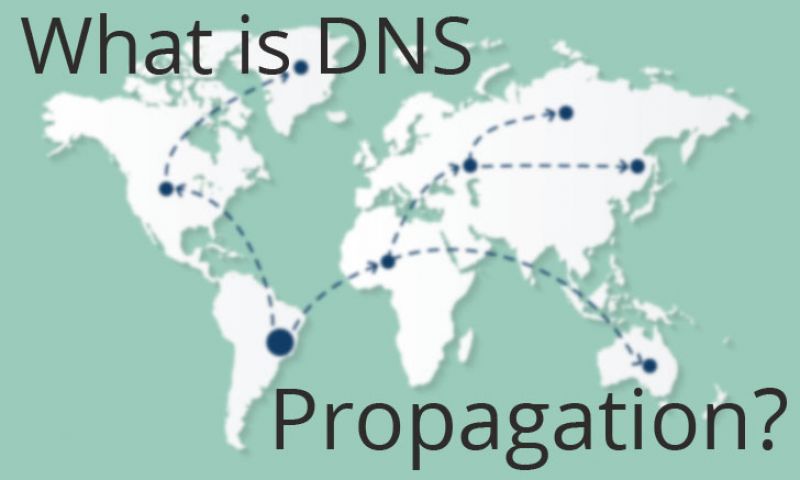Introduction
DNS propagation is the process of changes to DNS making their way to DNS resolvers throughout the world. When domain lookups occur, they go first to a DNS resolver (typically at the ISP). If this DNS resolver has the DNS record for your domain cached, it will serve that cached record. If the DNS record cache has expired on that DNS resolver, it will fetch the current DNS record from your domain’s nameservers, then serve and cache that record. This caching system results in some systems getting the old DNS record and some getting the new DNS record, depending on how recently the DNS resolver they are using has updated its cache. This time between changing the DNS record and when the DNS record is cached on every DNS resolver is called DNS propagation.
Procedure
To minimize the effects of DNS propagation, lower in advance the TTL value for the DNS record you need to change. Setting the TTL to 300 seconds causes most DNS resolvers to update their cache for the DNS record every 5 minutes. Note that TTLs are also subject to DNS propagation. To ensure the new TTL is in place for the impending DNS change, update the TTL at least a day before the DNS record change.


